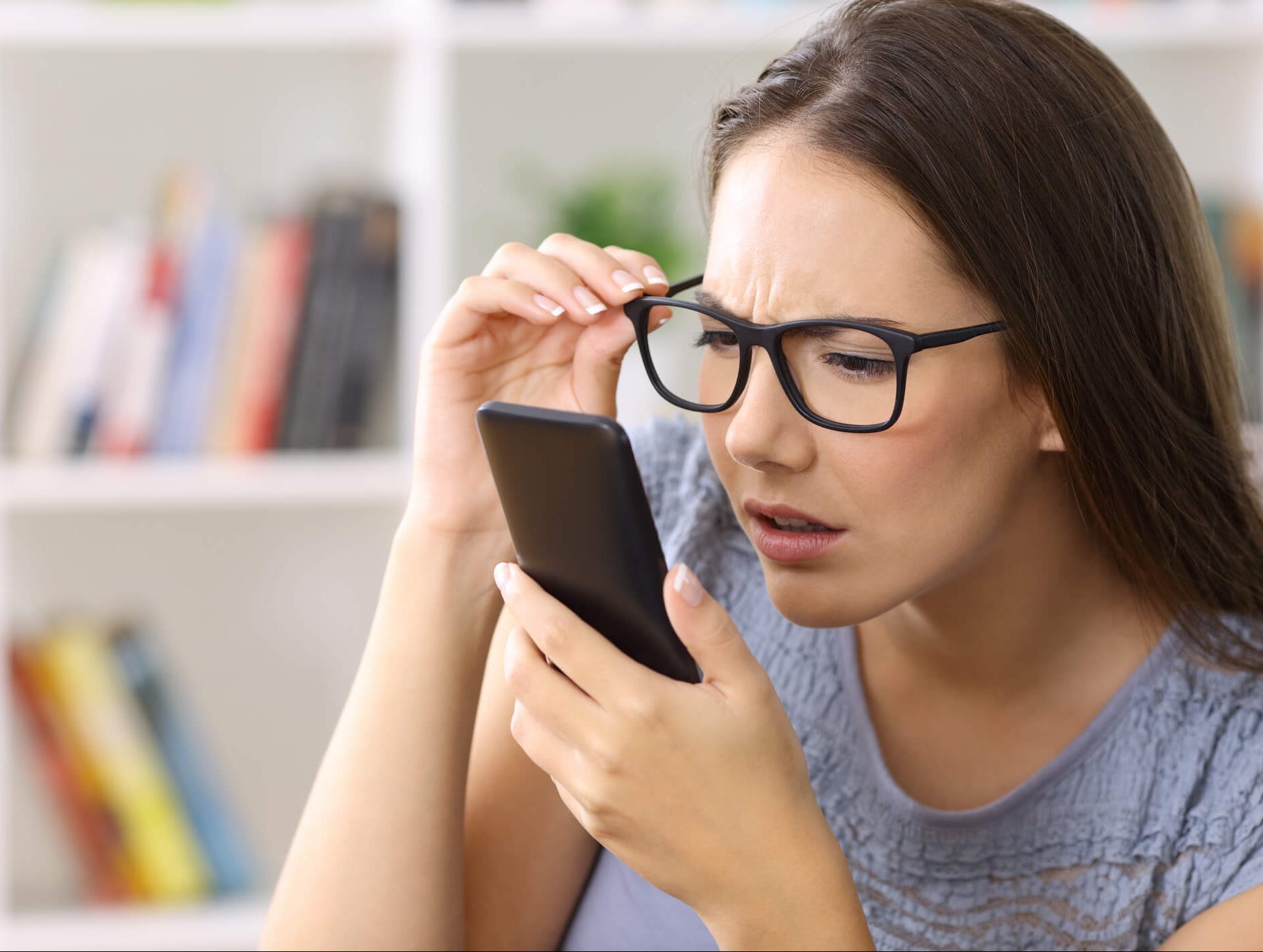Sight is a remarkable capability of the body and something that we often think nothing about until it’s negatively impacted. If you are experiencing blurred vision, headaches, dizziness and feelings of anxiety then it’s time to seek the help of a specialist as you could be suffering from binocular vision dysfunction (BVD).
Continue reading to learn more about BVD and its causes, symptoms and treatment options.
What Exactly is Binocular Vision Dysfunction?
Binocular vision dysfunction or BVD for short occurs when the eyes are misaligned and struggle to work together. Binocular vision allows us to only see one image when we have two eyes. When perfectly aligned, this image will be clear and focused as the eyes are perfectly in sync. BVD occurs when the eyes are not working together as they should. The brain receives two of every image and works overtime to realign each one, causing eye muscle strain and the side effects that come therewith.
What Can Cause BVD?
There are a number of potential causes for binocular vision dysfunction that fall under two categories. Firstly, it can develop due to an abnormal vision system as a result of a neurological disorder such as a stroke, brain injury or concussion. Secondly, it could be due to an asymmetrical face where the eyes have been misaligned since birth. Over time, as the eye muscles get weaker and overworked, BVD can develop.
Symptoms to Look Out For
Those with binocular vision dysfunction could experience a plethora of symptoms. These are caused when the eye muscles are straining to continuously correct misalignments. It’s important to note that sufferers may experience any number of symptoms at any time. The core symptoms could include:
- Blurred or double vision
- Motion sickness
- Eye pain
- Poor depth perception
- Light sensitivity
- Light-headedness
- Headaches or migraines
- Drifting to one side when walking
…and more. These symptoms might feel worse when moving your head from side to side or up and down, standing up quickly, driving at speed and around bends, and when in large, busy spaces with tall ceilings.
Treatment Options for BVD
Luckily, there are a number of options available to treat binocular vision dysfunction. These include eyeglasses, binocular vision therapy and surgery.
Glasses
These are specific glasses for BVD and work to realign the image in one eye to match up with the other. The lenses will be balanced until the prism is perfect in both.
Binocular vision therapy
This is often used in conjunction with glasses. The professional will draw up a treatment plan to benefit each patient individually to realign and support the eyes.
Surgery
On rare occasions, the best course of action is surgery to correct the misalignment. This is usually a last resort after other treatment options have failed.
Improve Your Eye Condition with Microprism Vision
Don’t let your quality of life be compromised. If you are experiencing any of the symptoms mentioned and require binocular vision therapy, get in touch to book an appointment with an optometrist in Melbourne at Microprism Vision today.

